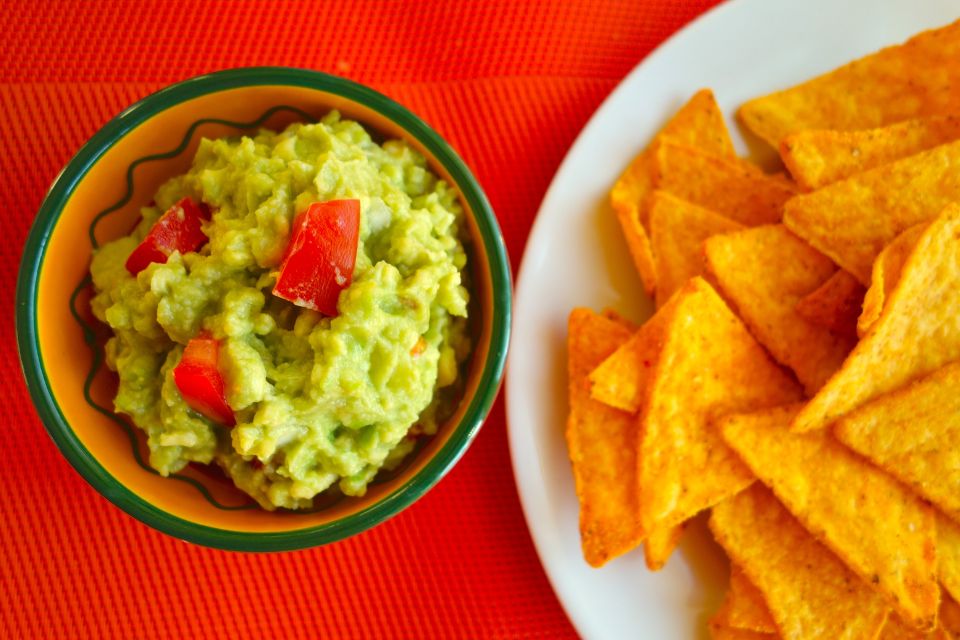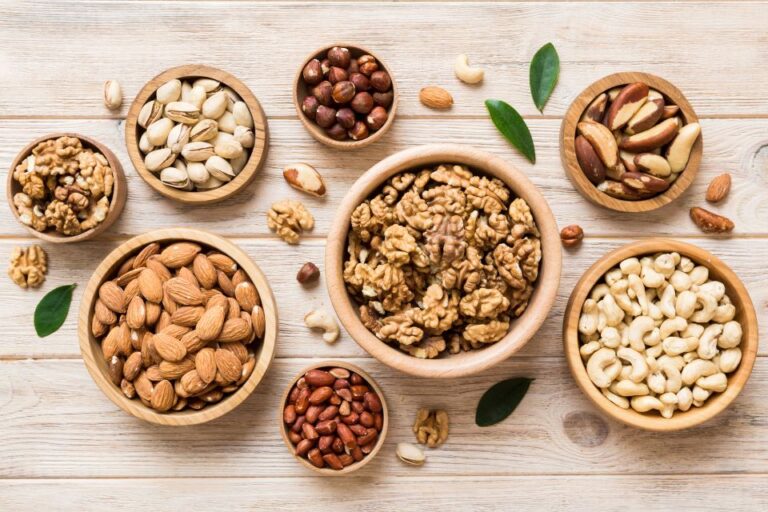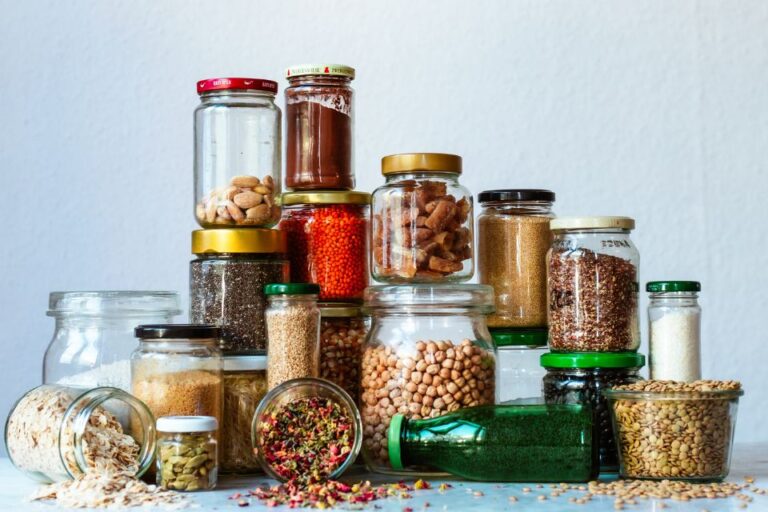Good Fat vs Bad Fat: Your Daily Fat Intake Explained
Although most people think that they should follow a low-fat diet to lose or maintain a healthy weight, the truth is that they need fats to function properly.
The key is knowing which fats you should be eating and which you should avoid for the best weight loss results. So, if you have any questions about your daily fat intake, we are here to help you figure it out.
Good Fat vs Bad Fat
This important macronutrient can either boost your health or cause serious damage. Not all “fats” are created equally, and we are here to explain the key differences between good fat and bad fat.
The Good Fats
Polyunsaturated Fats
Polyunsaturated fats contain essential omega-3 and omega-6 fats, which are crucial to overall health and weight loss. It is recommended that we eat omega-3 fats every day, as we often get omega-6 fats but can lack omega-3s.
These 2 fats are beneficial because they help manage mood, battle depression, assist in weight loss, improve digestion, and much more. Sources for polyunsaturated fats include green leafy vegetables, flax seed, hemp oil, walnuts, Brazil nuts, fish, olive oil, and avocados.
Monounsaturated Fats
Monounsaturated fats are very similar to polyunsaturated, in that they both have similar benefits and come from a lot of the same foods.
Monounsaturated oils, such as olive, sesame, sunflower, and peanut oil, are great for cooking at low temperatures and keep your cooked food healthier than with other oils. The American Diabetes Association has also recognized that this type of good fat decreases body fat compared to a high-carb diet.
The Bad Fats
Trans Fats
Let’s start with the worst: trans fat. These should be avoided completely, as they raise cholesterol levels, increasing the risk of heart disease and stroke, and weight gain.
Types of food with trans fat include Cookies, pastries, candy, fried foods, microwave popcorn, chips, store-bought pizza, and generally evil processed food. Watch out for processed food ingredients that state “hydrogenated” or “partially hydrogenated” oils, as these ingredients are harmful and contain trans fat that will harm your weight loss progress.
Saturated Fats
The second most harmful fat for weight loss is saturated fat. This type of fat can be eaten in moderation, as it is not as bad as trans fat. Saturated fats also elevate cholesterol levels and increase the risk of heart disease and stroke, as well as weight gain.
They can be found in red meat and fatty meats like salami, cream, butter, cheese, ice cream, and chicken skin.
So, What Should My Daily Fat Intake Be?
The United States Dietary Guidelines recommends that total calories can include up to 35% of healthy fat every day. If you follow a 2000-calorie-a-day diet, this translates to 77 grams of fat each day, with special care for healthy daily fat intake sources like polyunsaturated and monounsaturated fats.
However you should always consult with your doctor to have a better estimate of how many grams of fat you should eat per day. Your diet should always be focused on your individual needs.
Hopefully, this article has made you realize that fats can be a good thing, actually, an essential thing in your diet. Not only can these good fats bring multiple health benefits, but they can also help you lose weight, which makes them essential in anyone’s diet.
On the contrary, this gives a very clear idea of the bad fats, the ones we should avoid yet are eaten so often. Knowledge is truly power, so use these tips as power and apply them to your daily life.







